As technology advances, the need for efficient cooling solutions for CPUs and GPUs becomes more pronounced. In this article, we will delve into the intricacies of cooling technology, exploring different methods and evaluating their effectiveness in maintaining optimal temperatures for high-performance computing.
Introduction
In the realm of computing, the term “cool” extends beyond the aesthetics of a sleek device. It is a crucial factor that directly influences the performance and lifespan of central processing units (CPUs) and graphics processing units (GPUs). Understanding the nuances of cooling solutions is imperative for anyone seeking to maximize the capabilities of their computing hardware.
Understanding CPU and GPU Heat Generation
To comprehend the significance of cooling, one must first grasp how CPUs and GPUs generate heat during operation. The intricacies of high-performance computing contribute significantly to the heat production of these vital components. The higher the performance, the more heat is generated, necessitating robust cooling mechanisms.
Importance of Efficient Cooling Systems
The consequences of inadequate cooling are manifold. Overheating not only compromises system stability but can also lead to a reduction in performance and, in extreme cases, permanent damage to the hardware. Efficient cooling systems are, therefore, pivotal in ensuring the longevity and reliability of CPUs and GPUs.
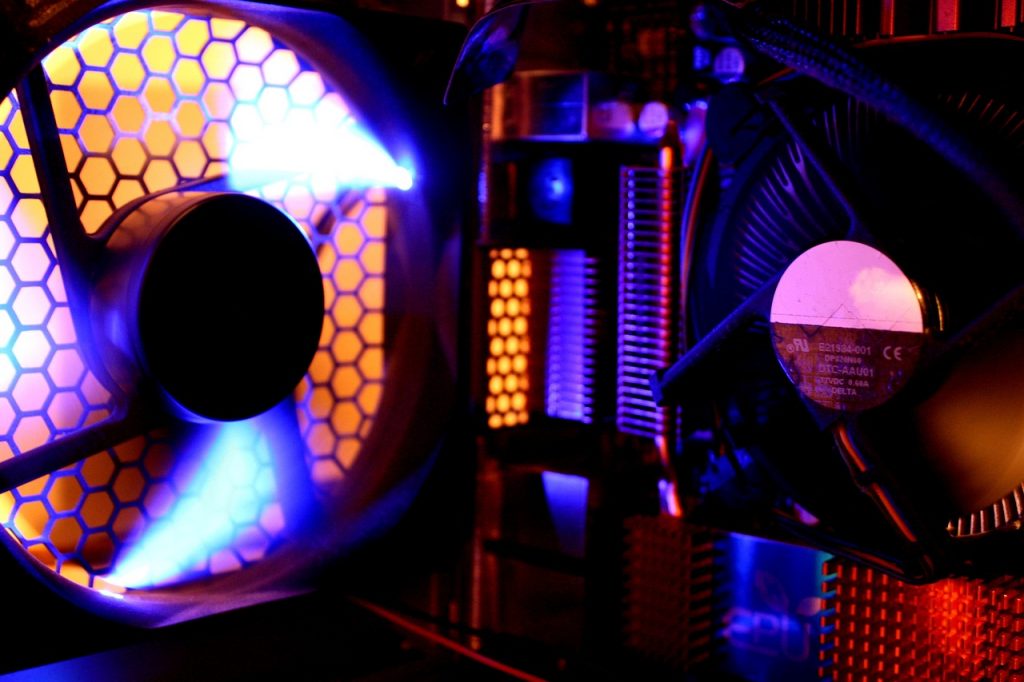
Air Cooling Solutions for CPUs and GPUs
Traditional air cooling methods have been the go-to solution for many computer users. These solutions typically involve heatsinks and fans that dissipate heat away from the components. While cost-effective, air cooling has its limitations, particularly when it comes to handling the heat generated by high-end CPUs and GPUs.
Liquid Cooling: A Deep Dive
Liquid cooling, on the other hand, represents a more advanced approach to temperature regulation. Liquid cooling systems utilize a closed-loop of coolant to absorb and transfer heat away from the components. This method offers enhanced cooling efficiency and is particularly beneficial for overclocking scenarios.
Comparative Analysis: Air vs. Liquid Cooling
A crucial aspect of choosing a cooling solution is the comparative analysis between air and liquid cooling. Performance benchmarks and temperature differentials play a vital role in decision-making, as do cost considerations and scalability. Users must weigh the pros and cons of each method to determine the most suitable solution for their specific needs.
Factors Influencing Cooling Solution Choice
The choice between air and liquid cooling is not one-size-fits-all. User requirements, preferences, and the compatibility of cooling solutions with different CPU and GPU models are influential factors. Understanding the specific demands of the computing tasks at hand is essential in making an informed decision.
Noise Levels: Balancing Coolness and Quietness
One often overlooked aspect of cooling solutions is the noise they generate. Achieving optimal cooling efficiency sometimes comes at the cost of increased fan noise. Striking a balance between coolness and quietness is essential, and users should explore strategies to minimize noise in their cooling systems.
Innovations in Cooling Technology
As technology evolves, so does cooling technology. Innovations in CPU and GPU cooling include the integration of artificial intelligence to optimize cooling solutions dynamically. This marks a paradigm shift in how systems manage temperature, adapting in real-time to the demands of the workload.
DIY Cooling Solutions: Pros and Cons
For enthusiasts and hobbyists, the prospect of creating a custom cooling solution is enticing. DIY cooling options, however, come with their own set of risks and benefits. Understanding the intricacies of the hardware and the potential implications of custom cooling is crucial before embarking on such endeavors.
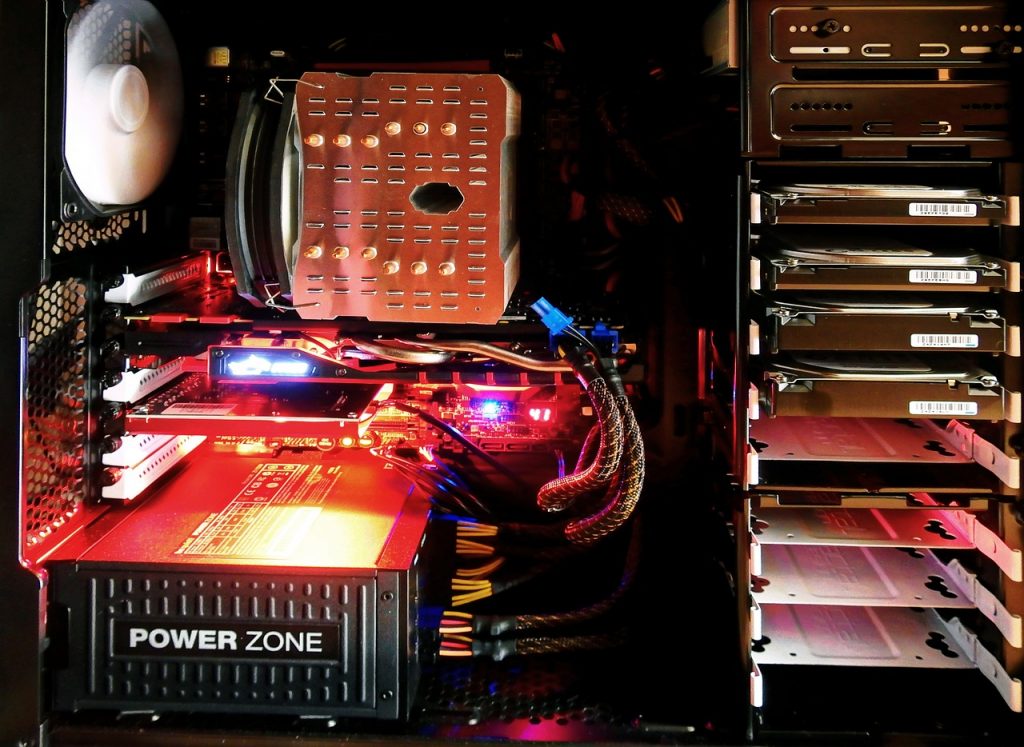
Cooling Solutions for Gaming Enthusiasts
Gaming PCs, with their high-performance requirements, demand specialized cooling solutions. The article explores the unique challenges faced by gaming setups and discusses cooling options tailored to meet the needs of gaming enthusiasts.
Sustainability in Cooling Technologies
In an era where sustainability is a growing concern, the environmental impact of cooling technologies cannot be ignored. This section examines eco-friendly cooling options and considerations for reducing the carbon footprint associated with cooling solutions.
Future Trends in CPU and GPU Cooling
The concluding section peers into the future, offering predictions for advancements in CPU and GPU cooling. From the integration of new materials to innovative design concepts, the landscape of cooling technology is poised for continuous evolution.
User Maintenance and Care Tips
Ensuring the longevity and effectiveness of cooling solutions requires proper maintenance. This section provides readers with best practices for maintaining and optimizing their cooling systems, along with troubleshooting tips for common cooling issues.
Conclusion
In the ever-expanding realm of computing, the evaluation of CPU and GPU cooling solutions is not just a matter of preference but a necessity for optimal performance. As we navigate through the intricacies of air and liquid cooling, noise considerations, and the future trends in cooling technology, it becomes clear that an informed choice in cooling can significantly impact the overall computing experience.
FAQs About CPU and GPU Cooling Solutions
- Q: Can I use the same cooling solution for both my CPU and GPU?
- A: While some cooling solutions are designed for both, it’s essential to check compatibility and ensure they meet the specific requirements of each component.
- Q: How often should I clean my cooling system?
- A: Regular cleaning is recommended, ideally every 3-6 months, to prevent dust accumulation that can hinder cooling efficiency.
- Q: Are liquid cooling systems difficult to install for beginners?
- A: They may require more care during installation, but many modern liquid cooling systems come with user-friendly designs, making installation manageable for beginners.
- Q: Do cooling solutions impact energy consumption?
- A: Yes, inefficient cooling solutions can contribute to higher energy consumption. Choosing energy-efficient options is beneficial for both performance and environmental considerations.
- Q: Can cooling solutions improve gaming performance?
- A: Effective cooling can contribute to stable performance in gaming by preventing thermal throttling and maintaining consistent temperatures.
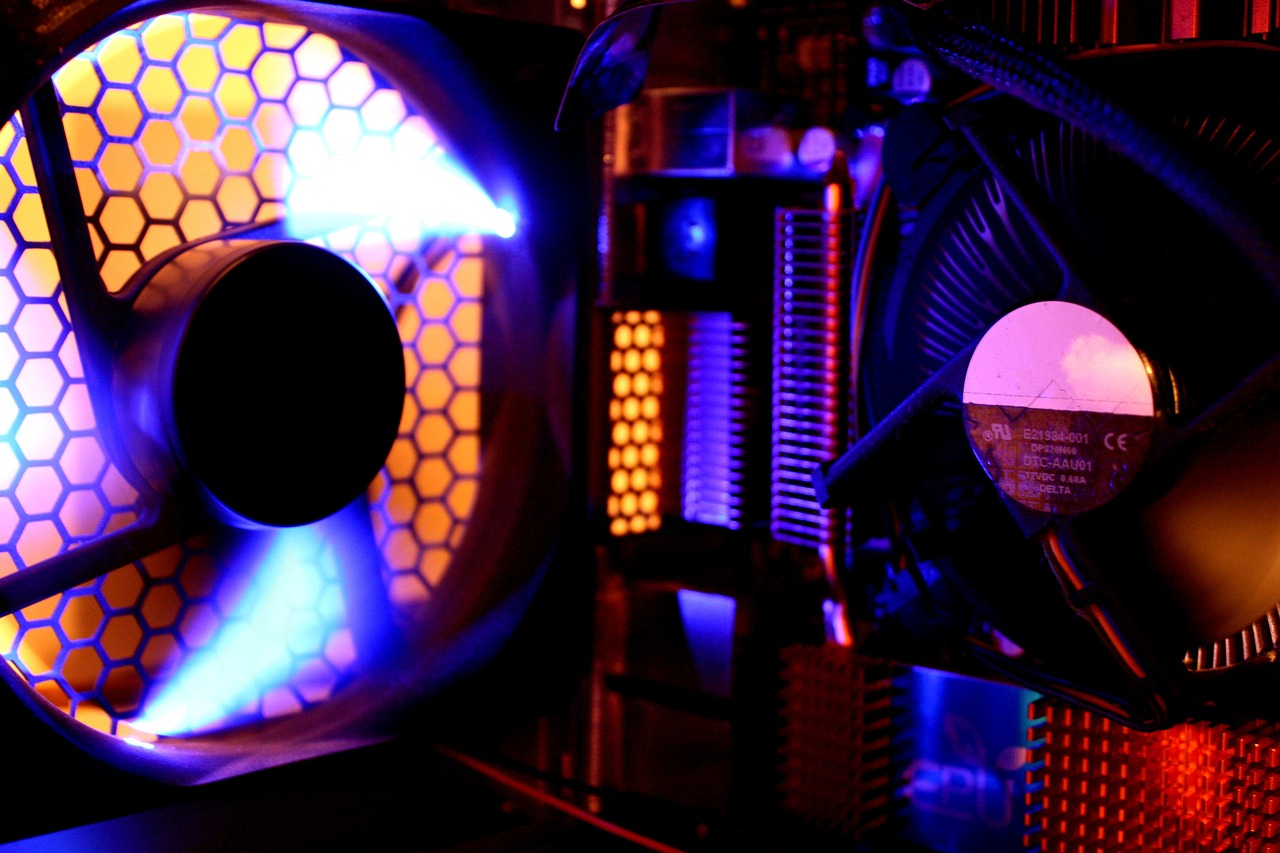
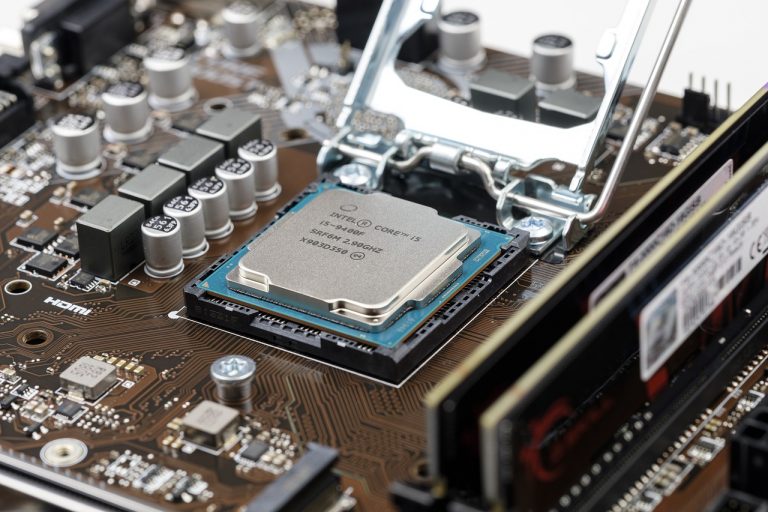
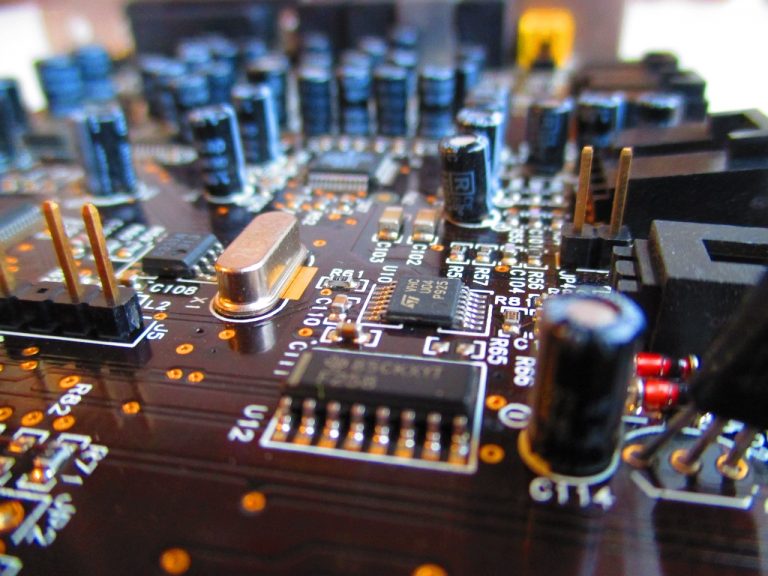
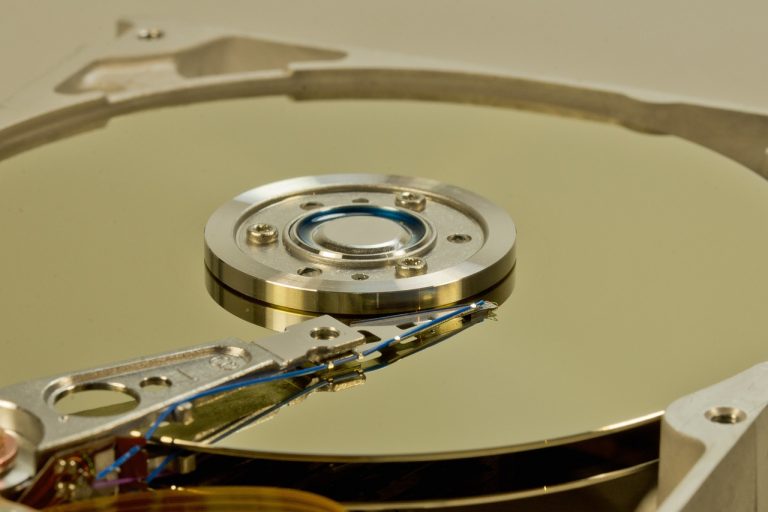


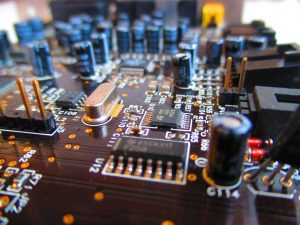


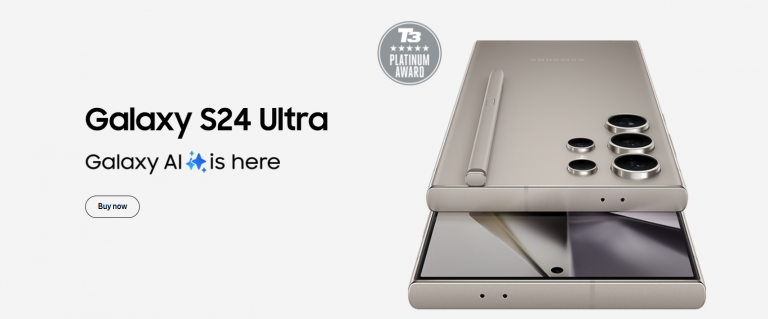
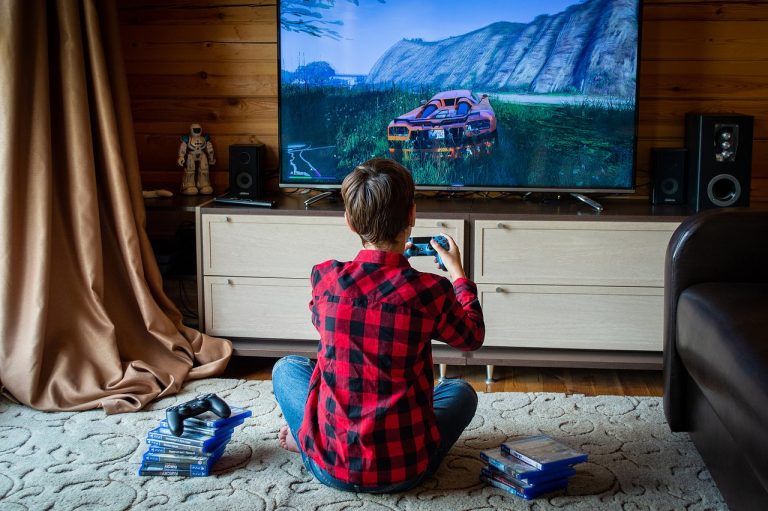


+ There are no comments
Add yours